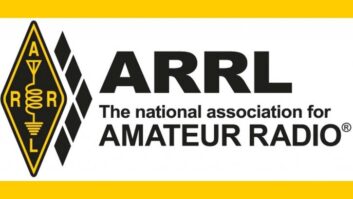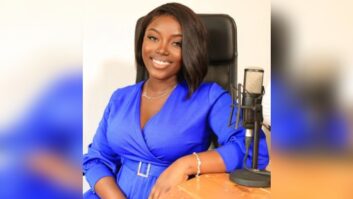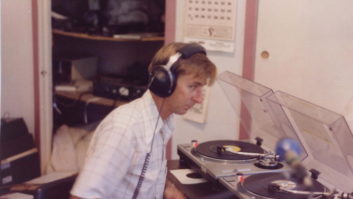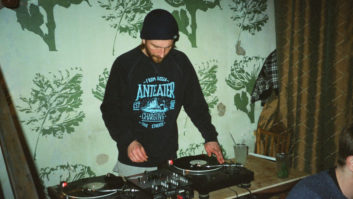The author is membership program director of the National Federation of Community Broadcasters. NFCB commentaries are featured regularly at www.radioworld.com.
One of community radio’s most enduring conversations, and one that it is hardly settled, is the matter of youth radio. Moreover, it is a question of how young people should be involved in community radio.
Among National Federation of Community Broadcasters member stations, youth radio — shorthand for high school and college student producing content at stations — is a topic that always sparks intense interest. NFCB has held many conference sessions about it, and even held a parallel conference for young people in community radio a few years ago. On email lists and online forums, youth radio prompts discussion because it speaks to past and future values of community media itself.
What makes a sustainable and effective youth radio effort? At my old community radio station, I launched and ran a youth radio initiative for several years. Ultimately, it fizzled out. Why it failed in the end may inform your station’s ongoing dialog on how to involve those 18 and under in your organization.
[Read: Community Broadcaster: Invest in People]
Community radio tends to attract its share of mavericks, people who do not like being told what to listen to, what to play or what to do. There is a peculiar beauty to this archetype, which has been wholly subsumed by big business hectoring around freedom of choice. Its aesthetics play out in stations around the nation. Some of community radio’s biggest fights tend to be over authority and pecking order. With the maverick approach also comes a variety of sometimes problematic assumptions. The biggest of these? That everyone, naturally, wants to do whatever strikes their fancy, too.
I confess to approaching youth radio from this position. I heard from any number of people that told me young people should get to choose what they do, create what they want to create, and tell the story in their voices. Sounds great, right? In theory, community radio would then sound like what young people think, listen to and discuss. In practice, not so much. Ultimately, it proved to be all our good intentions’ undoing.
Why? As someone who trained many high school and college aged young people, I can tell you many do not always have the skills at this point in life to choose a passion and stick with it for any length of time. They’re also not attuned to even what their peers enjoy, because they are still developing their own basic life discernment talents. That was my experience at least. Giving a student trainee complete freedom to create radio that they, and possibly their peers, found intriguing would be a novelty for a month or two. Then they drift off.
The reasons they vanished were not hard to determine. School, friends and afterschool activities were time consuming. At least two of those three would impact them for years to come. In a few cases, youth radio was an outlet because their parents liked radio and pushed them to go. Yet radio, while fun, was not as important in their young lives. Maybe they’d want a recommendation, but the leadership skills, technical talents and intellectual proficiency my station wanted to instill, without metrics, was hard to quantify. High school juniors and seniors were thinking about college. My station’s youth radio was not recognized or accredited by area school districts. Although community radio experience might show civic involvement, tests, academic programs and district accolades for programs meant more.
As an audio trainer of students, I was humbled to realize schools have curricula for a good reason. Veteran teachers realize students need structure, simple and spelled out objectives, and critical thinking opportunities that offer scaffolding for a young person to learn. Youth radio projects must center that kind of organization as a key to success.
Then there was the matter of content. The truth is that what high school and college students listen to and talk about may not be what a station’s core audience is interested in, or even believes to be community radio. I found that young people needed a lot of coaching to find suitable subjects to build into radio. That, in turn, prompts the existential question of whether youth are creating radio, or creating what adults think they should be creating to represent what young people think of radio. It’s a question to which easy answers do not exist.
Finally, it was hard to contend with the power of social media. Put simply: if a student’s peers are on Instagram, for example, and go there all the time, because they can post what they want, when they want, and how they want, and they’re already broadcasting to the school this way, why does radio, with its rules, adult gatekeepers and conventions, mean anything to them beyond that aforementioned novelty? Again, it is a question to which I found few great answers.
None of this is an argument against youth radio. Rather, it is an encouragement to tackle the most challenging questions. Together, for the betterment of communities, I am hopeful community radio is capable of forwarding dynamic answers.
[Subscribe to our newsletter and get it delivered right to your inbox.]







